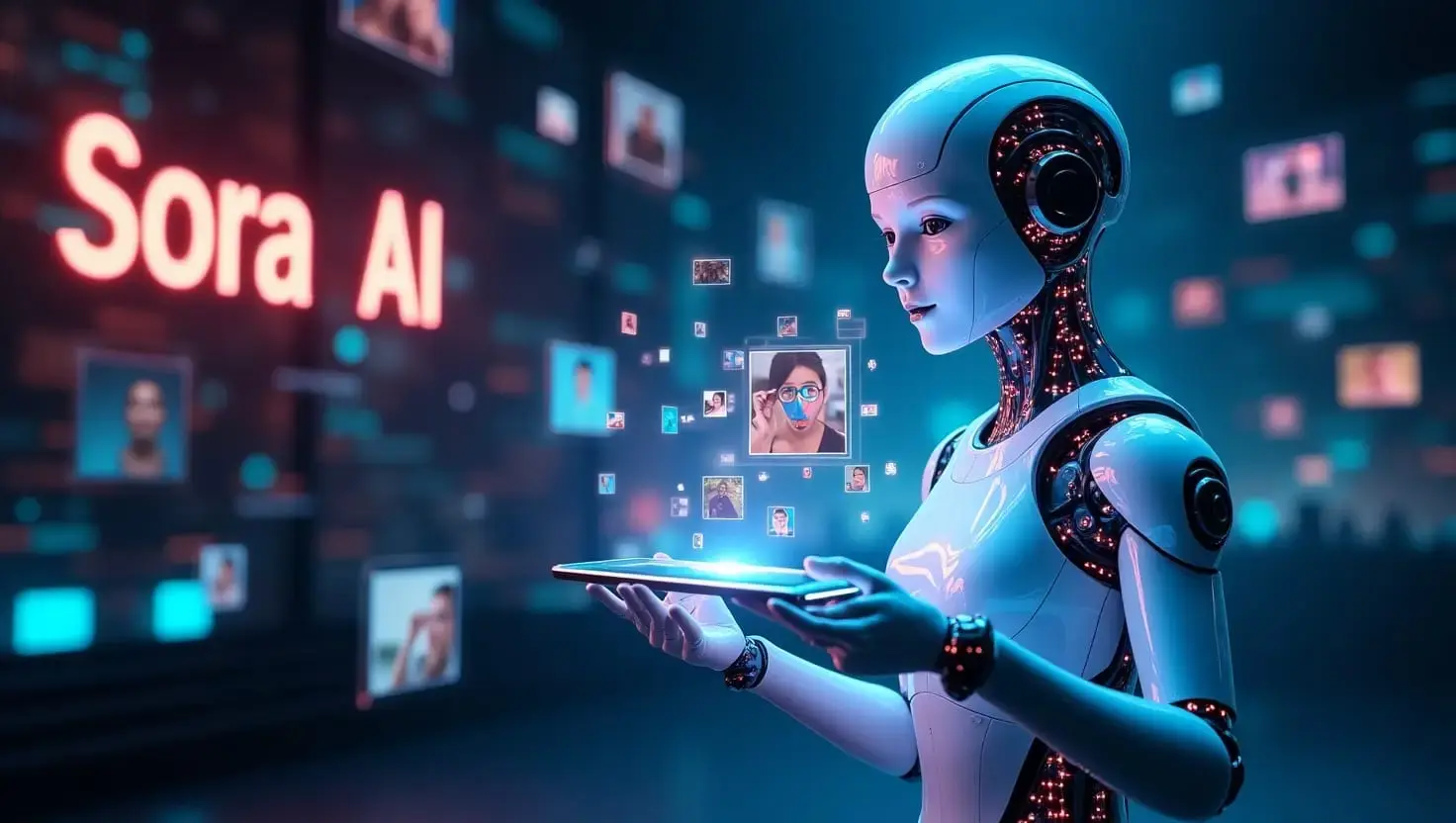Have you been looking for a powerful video generator, Sora by OpenAI is one of the most advanced tools available. It lets you create realistic, high-quality videos simply by typing a description. Whether you need content for storytelling, marketing, education, or entertainment, Sora can generate scenes with motion, lighting, textures, and characters based on your prompt. Unlike basic animation tools, Sora understands physics, perspective, and complex visual dynamics, making the videos feel natural and coherent. It's a major step forward for creators who want to turn ideas into visuals without cameras, actors, or editing software.
What is Sora?
Sora is a groundbreaking artificial intelligence (AI) model developed by OpenAI that can generate realistic videos from text prompts. It represents the next step in generative AI, following the success of large language models like GPT and image generators like DALL·E. With Sora, OpenAI has entered the domain of video synthesis, offering the ability to create highquality, short video clips based solely on written descriptions.
Released by OpenAI in early 2024, Sora allows users to input a detailed text description and generate a corresponding video that visually matches the prompt. These videos can last up to one minute and include rich motion, consistent characters, coherent scenes, and even simulated camera movements.
Unlike simple animations or GIF generators, Sora creates photorealistic or stylized videos depending on the prompt, with multiple layers of visual and narrative complexity. OpenAI describes Sora as a “simulator of the physical world,” designed not just to produce eyecatching content but to reason through cause and effect in visual environments.

How Does Sora Work?
Sora builds upon the diffusion model architecture, similar to how DALL·E and imagegeneration models operate. Here’s a simplified breakdown:
Input: A user provides a natural language prompt, such as “a corgi puppy playing in the snow wearing a red scarf.”
Processing: The model converts this prompt into a compressed latent space and gradually refines it into a fullmotion video using neural networks trained on thousands of hours of visual data.
Output: A coherent video clip that matches the text description in both content and style.
Sora is multimodal, meaning it can incorporate text, motion, camera angle, perspective, and even object physics. It understands not only how things look but how they behave.
Here are the most notable features of Sora by OpenAI:
- Text-to-Video Generation: The core functionality. You write a sentence, and Sora brings it to life in video form.
- Realistic Motion and Physics: Objects in videos move naturally, thanks to Sora’s training on dynamic scenes. For instance, smoke drifts, water splashes, and people walk with fluid motion.
- Character Consistency: If your prompt includes characters, they can stay consistent throughout the clip, a major challenge in generative video that Sora has addressed well.
- Camera Movements: Sora simulates zooms, pans, and other camera techniques, creating a more cinematic feel.
- Scene Transitions and Continuity: It can model scenes over time and preserve spatial coherence, making storytelling possible.
Sora by OpenAI is one of the most exciting advancements in generative AI. With the ability to turn text into highly realistic video, it’s opening up new possibilities for creativity, communication, and content creation. Whether you’re a marketer, educator, artist, or tech enthusiast, Sora offers a glimpse into the future of how stories will be told.
As with any powerful tool, responsible use is key. The next few years will be critical in shaping the rules, ethics, and opportunities that come with this technology.
